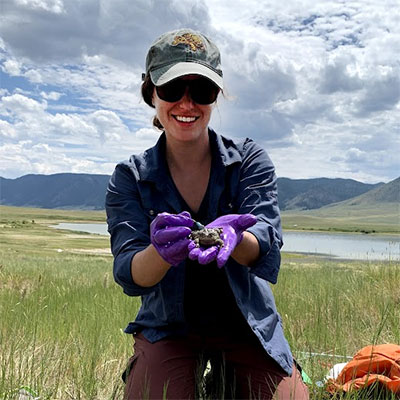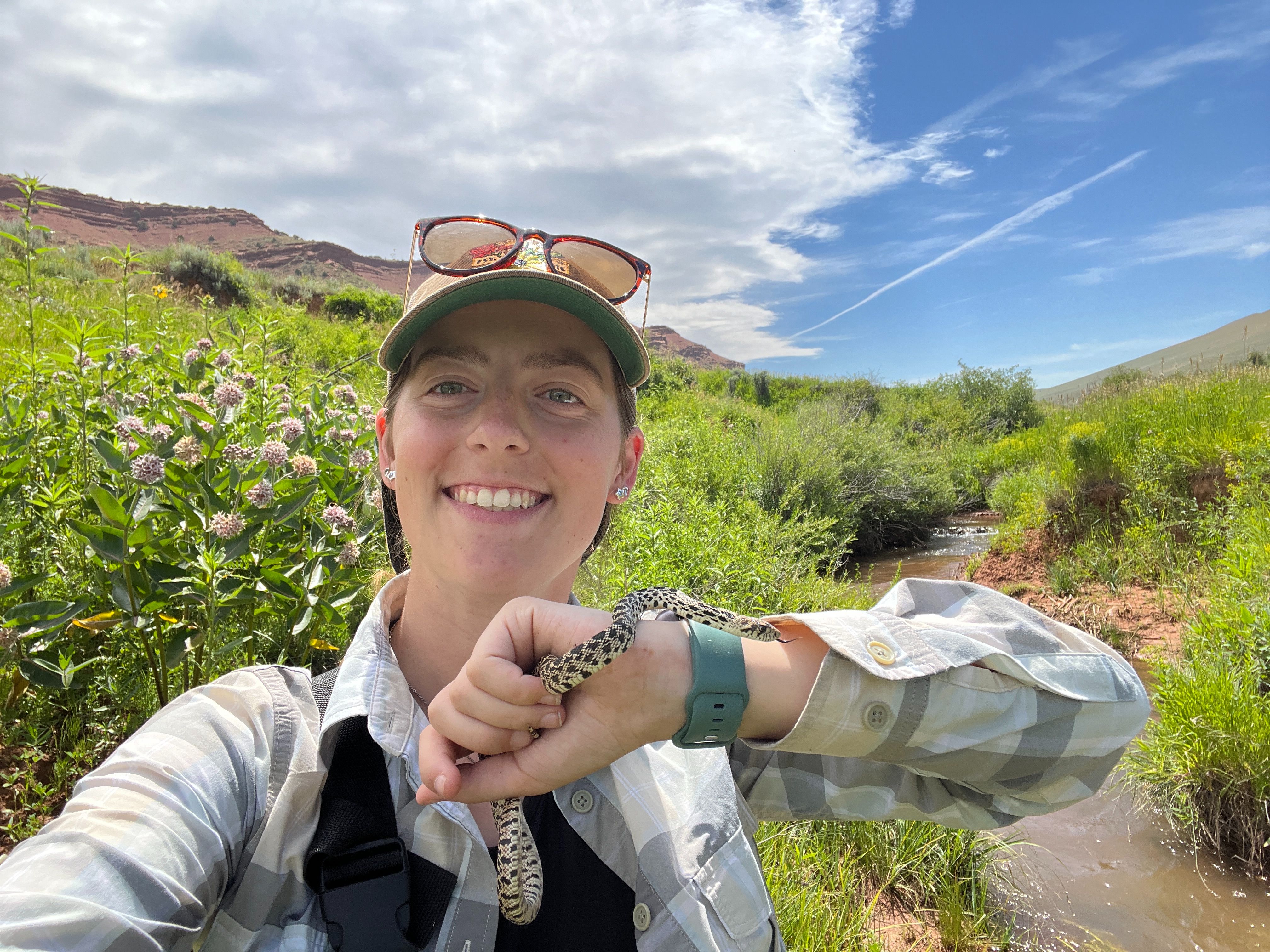Katie Davis - Beavers and Biodiversity: The Relationship Between Ecosystem Engineering and Biodiversity on Multiple Scales
Katie Davis
Biodiversity Graduate Student Research Enhancement Grant Awardee
Department of Ecosystem Science and Management andProgram in Ecology
Advisor: Dr. Melanie Murphy
Objective:
I will assess the effects of ecosystem engineers on the compositional biodiversity and functional connectivity of dependent species. To achieve this goal, I will test if beaver-medited habitat change has significant, positive impacts on amphibian occupancy, genetic diversity,and connectivity.
Background:
Biodiversity across organismal, community, and biotic process scales, is critical to maintain resilient and multifunctional ecosystems. While biodiversity is often a priority of conservation and management organizations the emphasis is often placed on one aspect of biodiversity -compositional diversity, or the variety of elements in a system (such as number of species). Focusing solely on compositional diversity without considering structural (e.g. habitat patches/clusters) and functional diversity (ecological processes, such as gene flow or disturbance regimes) overlooks areas and components of biodiversity essential to ecosystem services. Keystone species are organisms whose removal can cause biodiversity loss, loss of ecosystem services, and possibly ecosystem collapse. Ecosystem engineers, organisms that alter resource availability, can be keystone species due to their disproportionately large impact on the community or ecosystem. While ecosystem engineers’ effect on compositional diversity is well documented, their impacts on functional and structural diversity, especially at the genetic level, are not well understood13. Species that rely on ecosystem-engineered habitat are mostly strongly affected. Ecosystem engineers may facilitate colonization, gene flow, and larger population sizes (leading to the maintenance of genetic diversity); conversely, loss of ecosystem engineers could limit colonization and gene flow, reducing population sizes, diversity, and adaptive capacity.
Share This Page

Research Highlights




